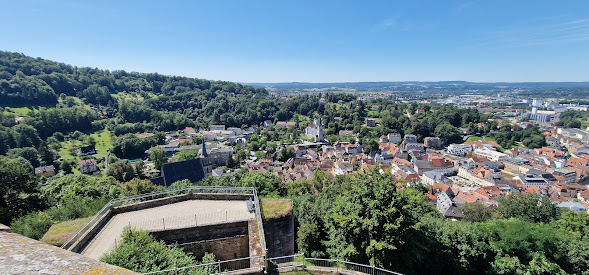Sebastian here,
Tamer Widerspan is giving another NMM course and there are still a few places available.
You book one seat for the upcoming workshop weekend on 24th-25th May 2025
The workshop take place over two days, saturday and sunday, at the Hotel Susato, in Soest (Germany). The course fee includes primed miniatures, paints, lamps and snacks and drinks. It's like an all-in-one feel-good weekend. And you can get the whole thing for only 250 EU. Often there are also rooms available directly in the hotel, so all you have to do is go down the stairs to the meeting room. Please note that the course fee is only for the course, not for the overnight stay at the hotel. Therefore, register early enough and conveniently book a hotel of your choice.
The topics in the course are a lot of theoretical knowledge about light on objects and geometric shapes, how to simulate light and shadow with acrylic paints. How to create volume with the right balance. Each course includes a figure between 35 and 75mm. In two days you will learn to paint your own scheme, with the help of mood pictures and artworks, you can implement your individual vision. He also support each student very individually and give advice and suggestions for solutions. You should already bring certain basics with you, as the course is more oriented towards advanced techniques.
What you need to bring: Actually, not much. Your brushes, your wetpalette, if you use one. He can recommend magnifying glasses. And a lot of joy and motivation.
Happy Painting,
Sebastian







































































